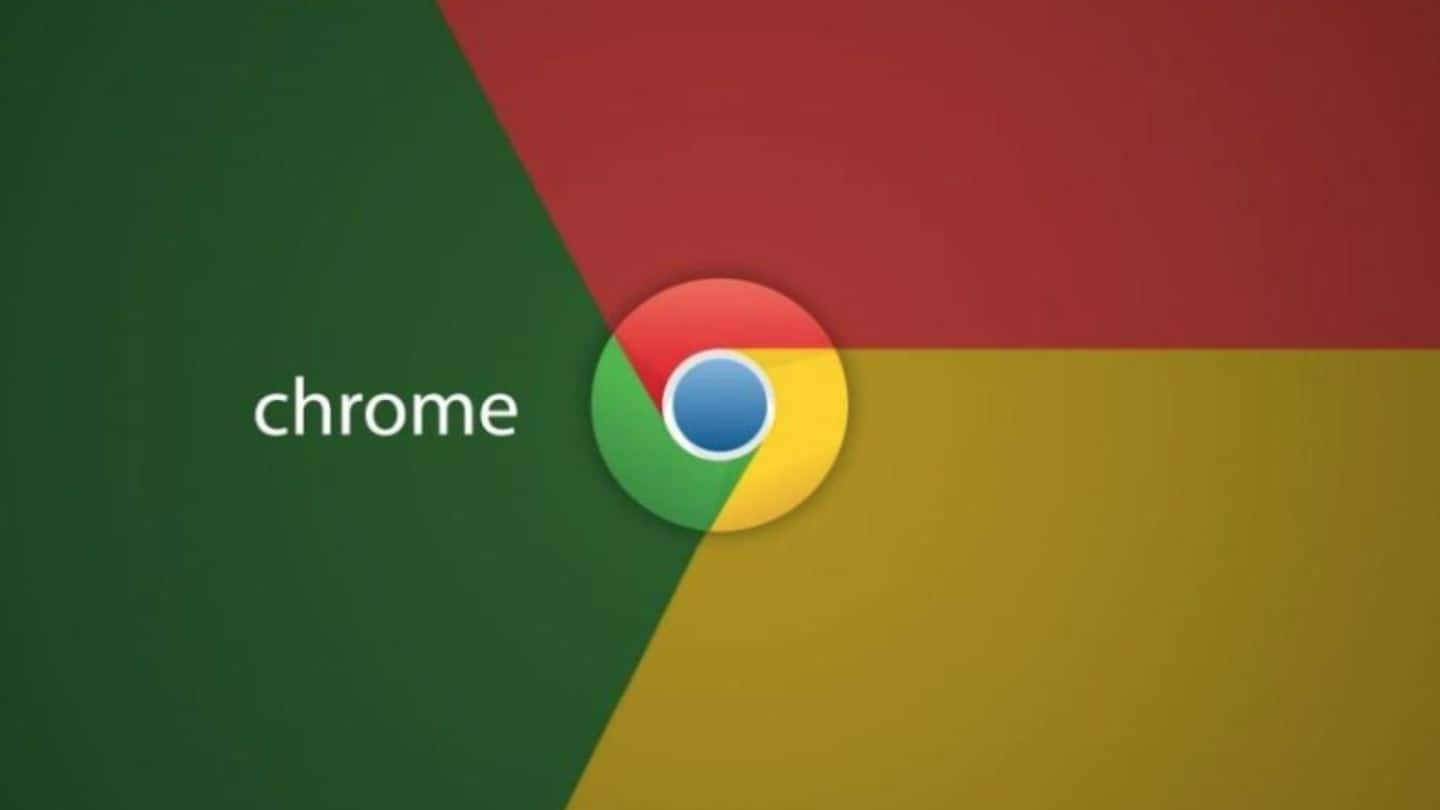


The Google ad-blocker will block all advertising on sites that have a certain number of "unacceptable ads." That includes ads that have pop-ups, auto-playing video, and "prestitial" count-down ads that delay content being displayed.
#Chrome autoplay video block update
In addition to auto-play blocking, Google is planning to implement ad-blocking inside the Chrome browser. When Google announced that the next Chrome update would introduce a feature that would block autoplay video, the internet was thrilled. If you are using custom media controls, ensure that your website functions properly when auto-play is not allowed.This will ensure that auto-play policies are properly handled. Unless there is a specific reason to do so, we recommend using the browser’s native controls for video and audio playback.This technique is being effectively used by numerous sites and social networks. If you do want to use autoplay, consider starting with muted content and let the user unmute if they are interested in exploring more.data, battery) as the result of unwanted video playback. Auto-play can be a powerful engagement tool, but it can also annoy users if undesired sound is played or they perceive unnecessary resource usage (e.g. AdvertisementĪside from removing the annoyance of auto-playing videos (those that follow you down the page as you scroll are particularly evil), Chrome's blocking tools will also help users consume less data and power on mobile devices.ĭevelopers still keen on using auto-play video can consult Google's guidelines, which include: However, Apple's upcoming Safari 11 browser-which features its own auto-play blocking tools-will allow for more granular control, enabling users to mute auto-playing media with sound or block auto-playing media entirely on specific sites or on the Internet as a whole. The site muting option will persist between browsing sessions, allowing for some degree of user customisation. In addition, Google is adding a new site muting option to Chrome 63 (due for release in October), which allows users to completely disable audio for individual sites. "These changes will also unify desktop and mobile web behavior, making web media development more predictable across platforms and browsers." "Chrome will be making auto-play more consistent with user expectations and will give users more control over audio," writes Google in a blog post. First, launch Chrome on your phone or tablet and go to Settings > Site Settings.
#Chrome autoplay video block android
Google also says auto-play will be allowed if the user has "tapped or clicked somewhere on the site during the browsing session." Android makes disabling autoplay videos simple. The latter applies if the site has been added to the home screen on mobile or if the user has frequently played media on the site on desktop. Starting in Chrome 64, which is currently earmarked for a January 2018 release, auto-play will only be allowed when the video in question is muted or when a "user has indicated an interest in the media." Google is taking on the irritating trend of auto-playing Web videos with its Chrome browser.


 0 kommentar(er)
0 kommentar(er)
